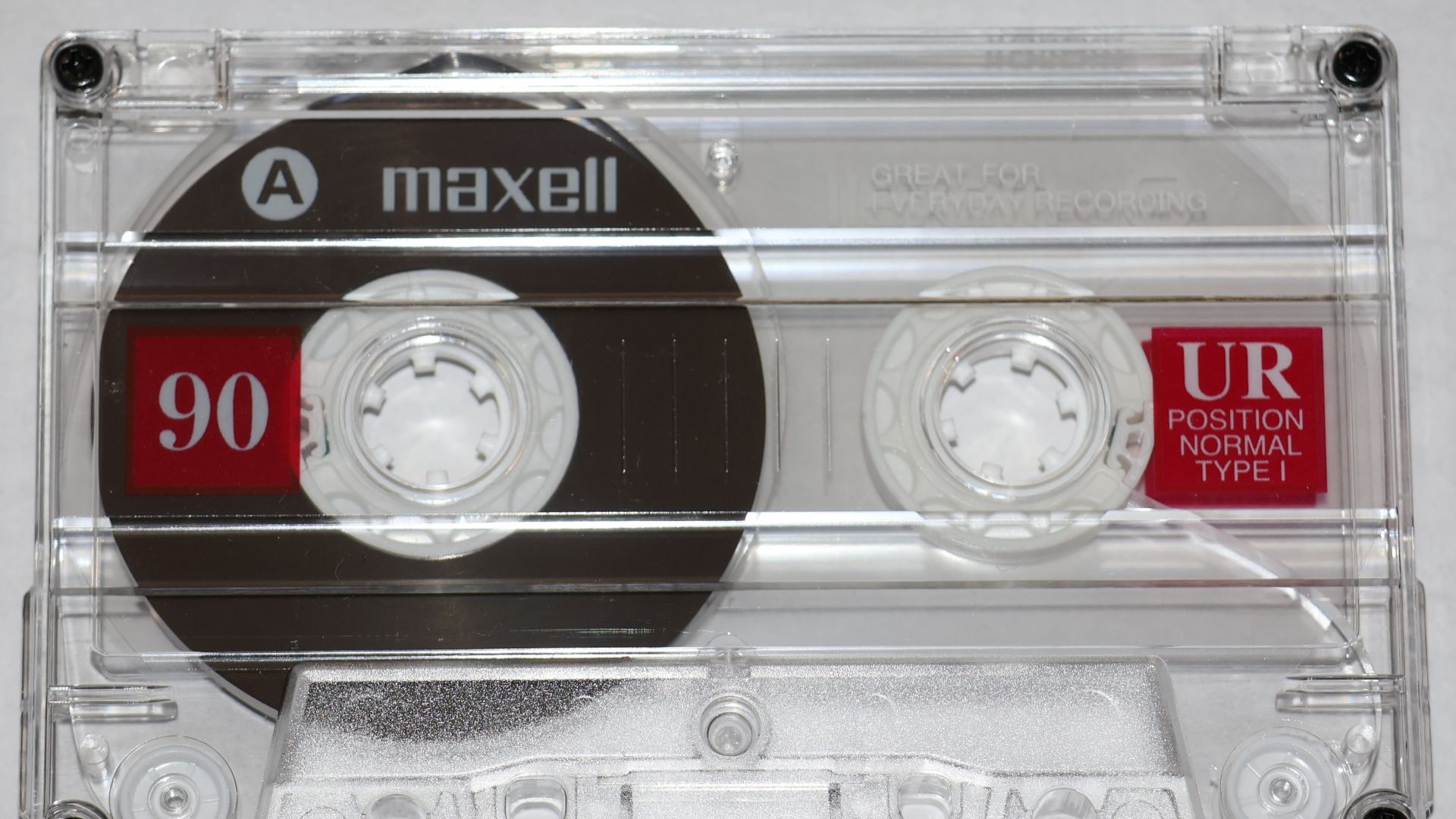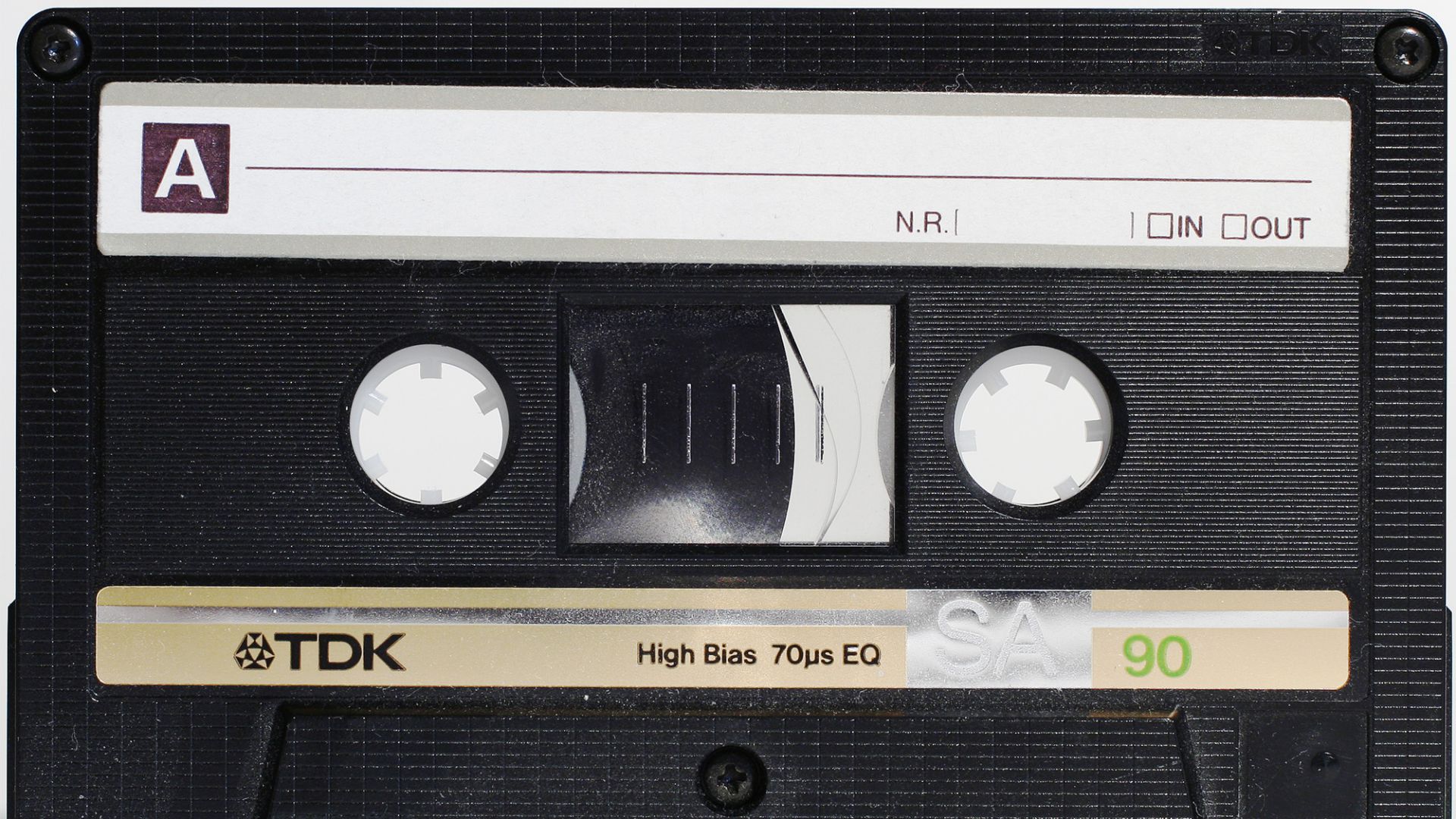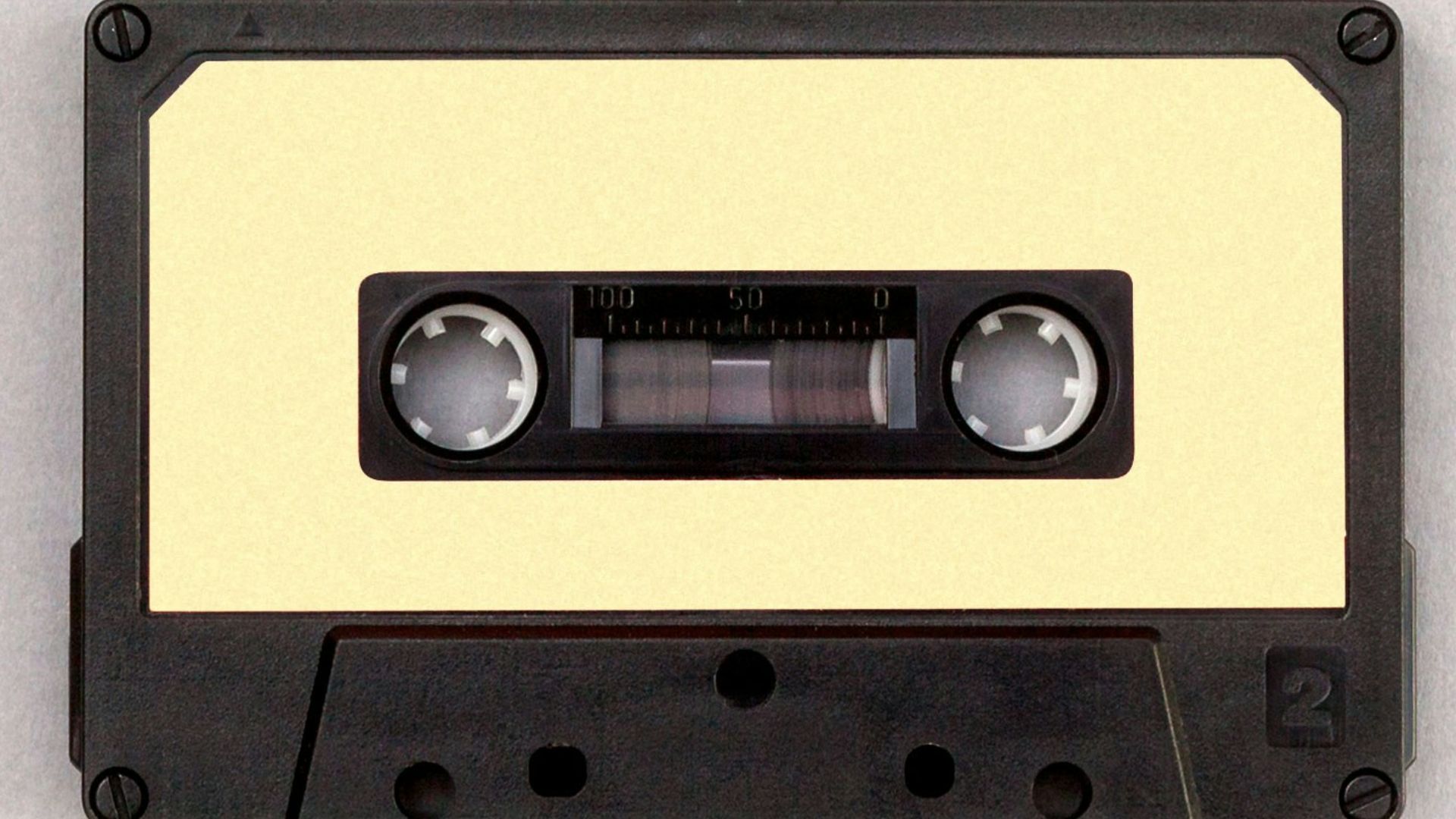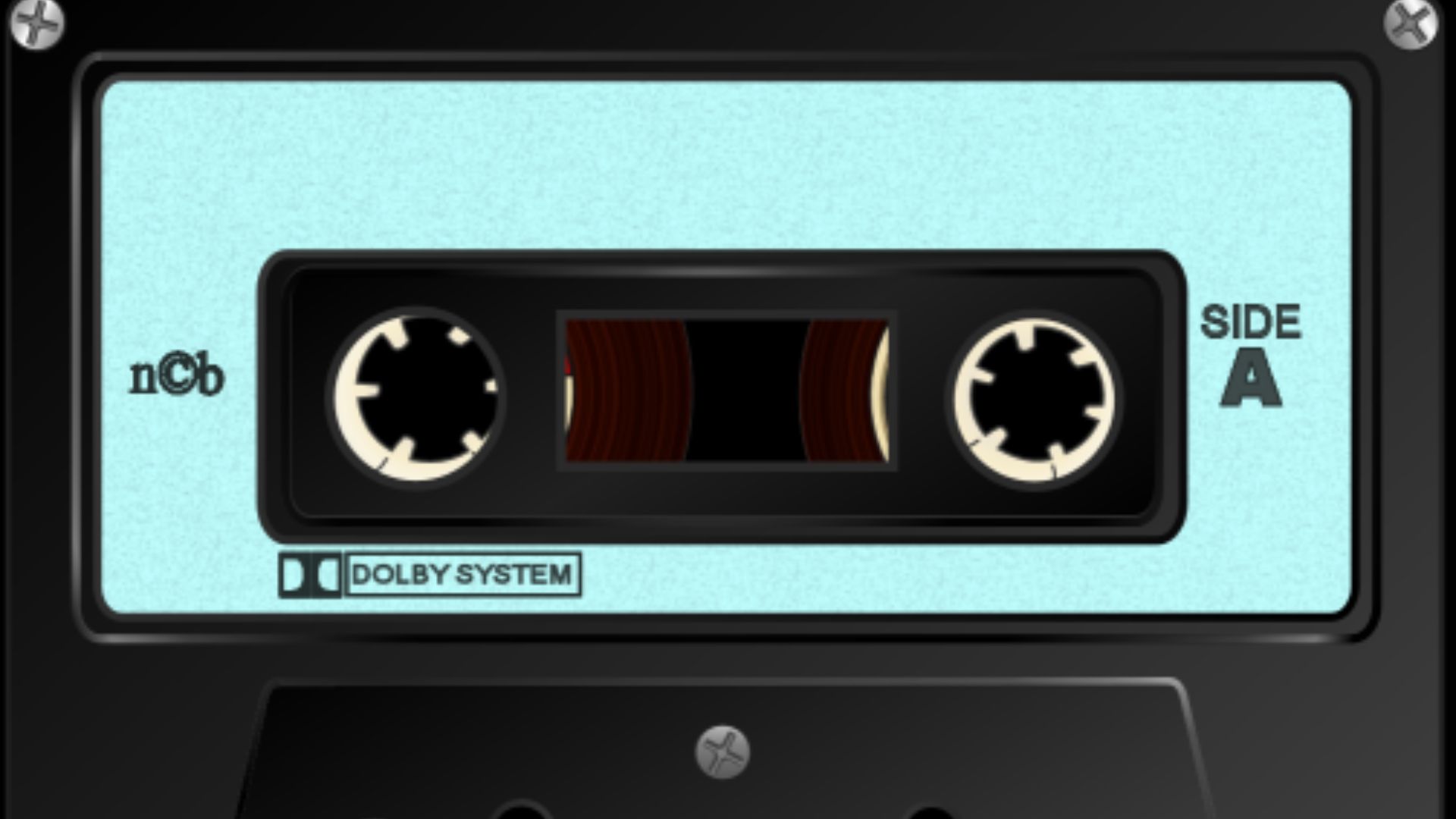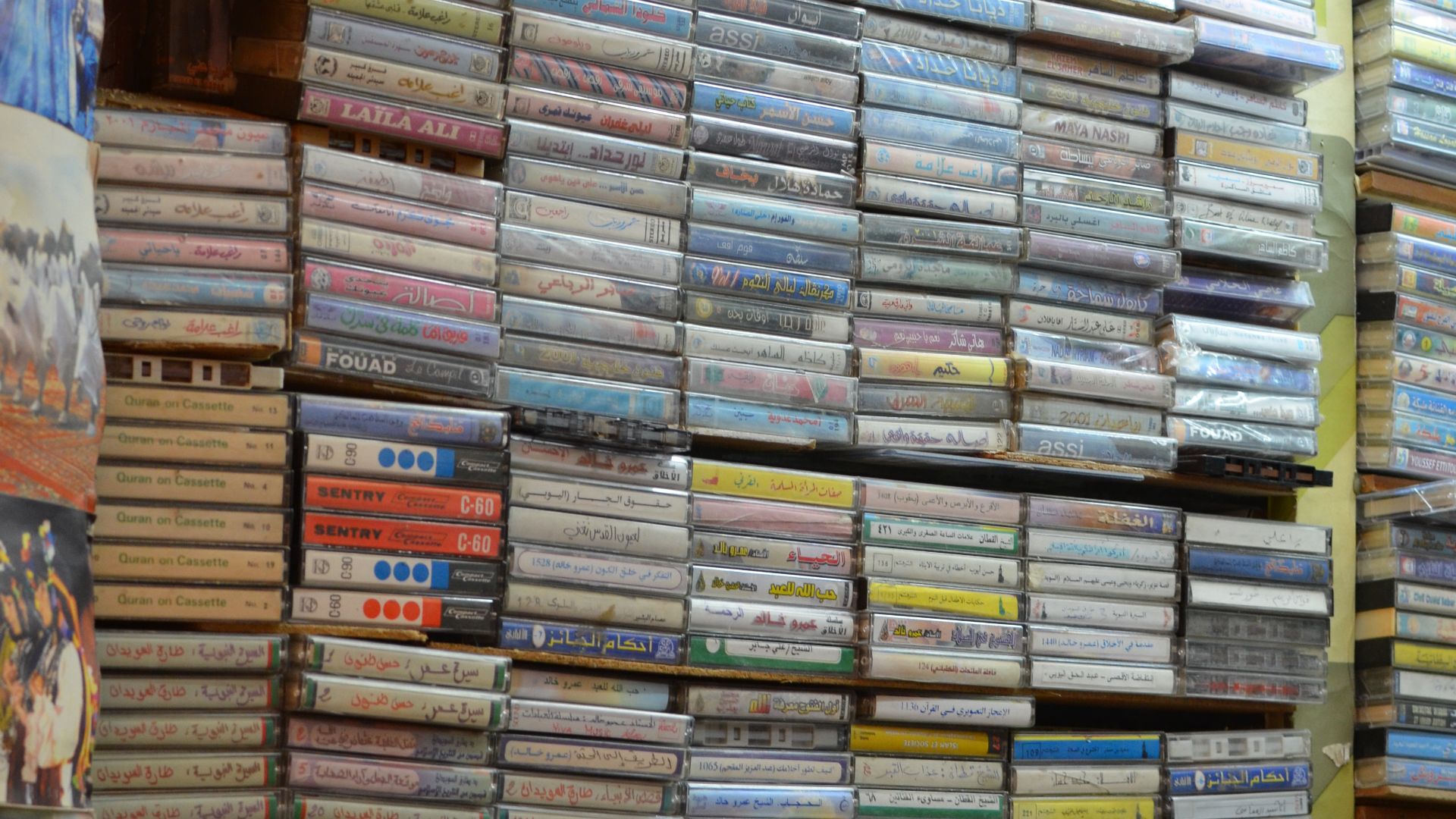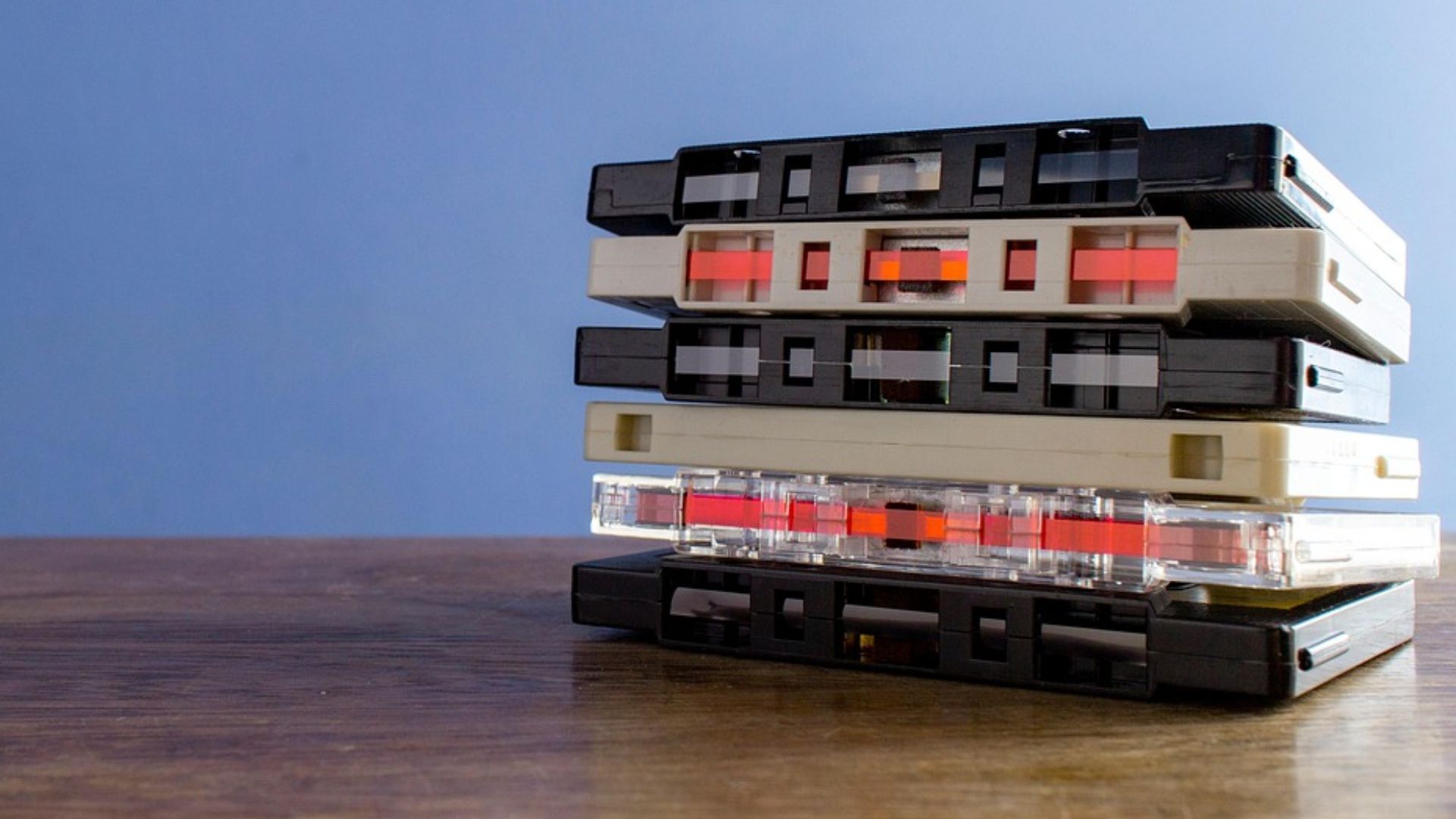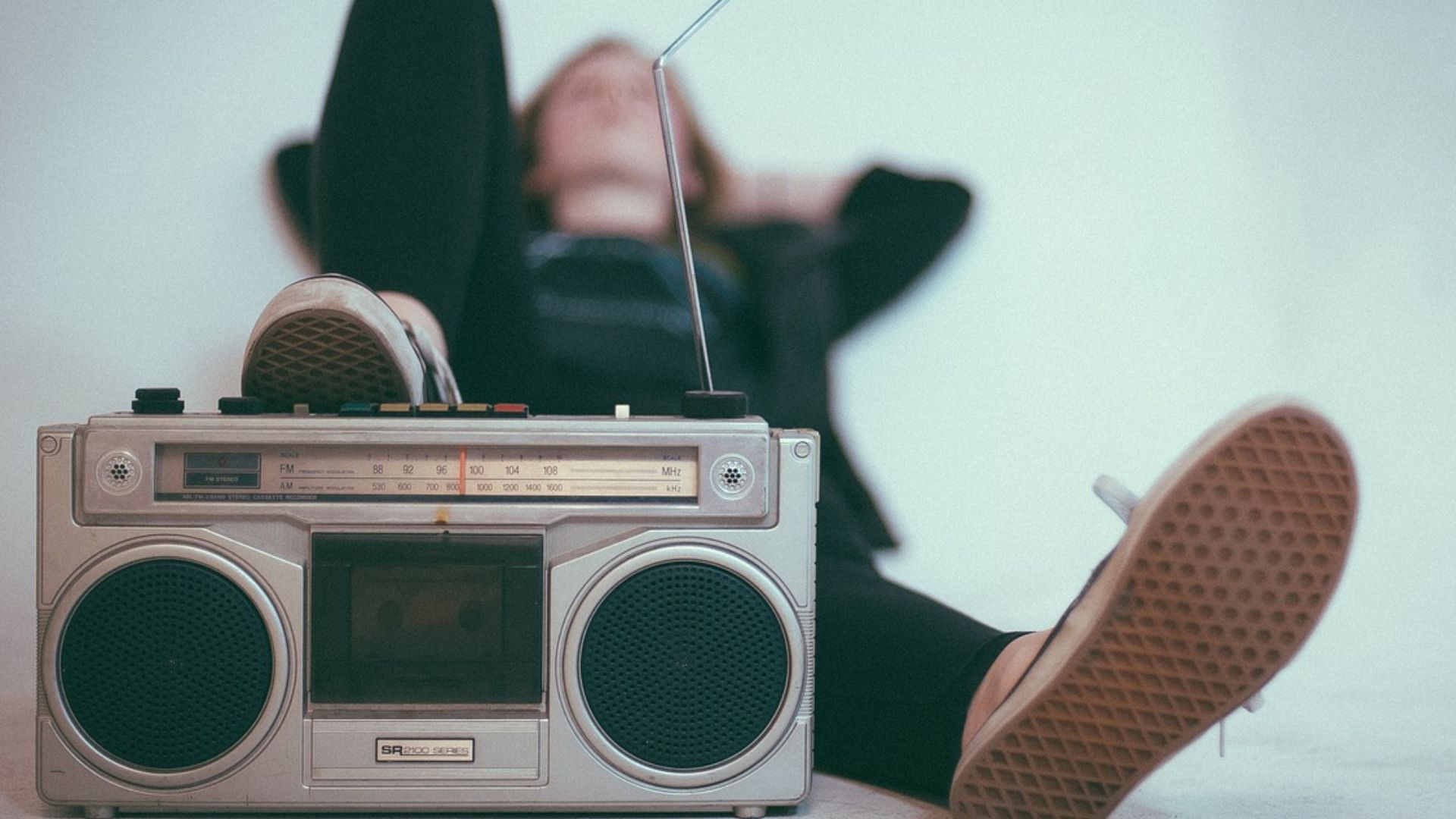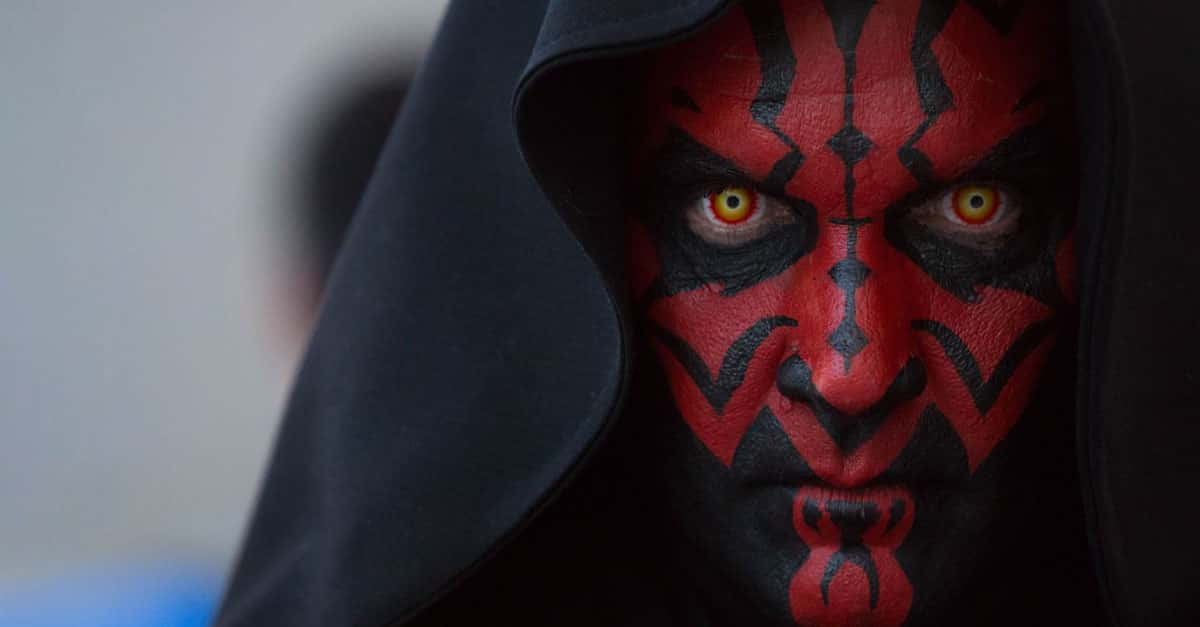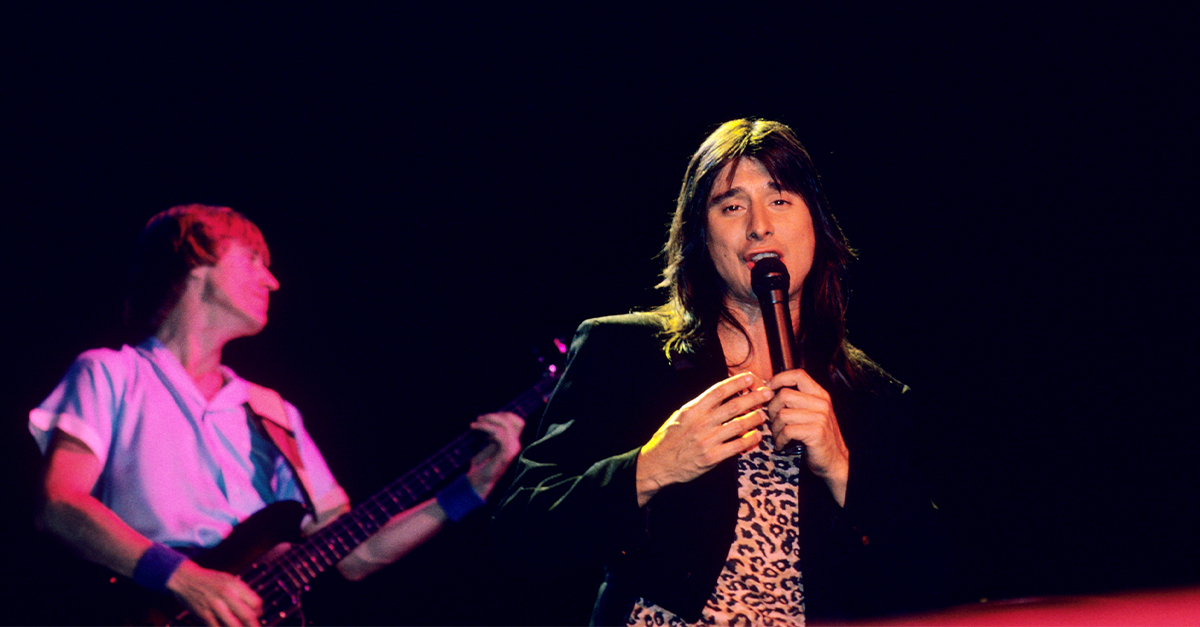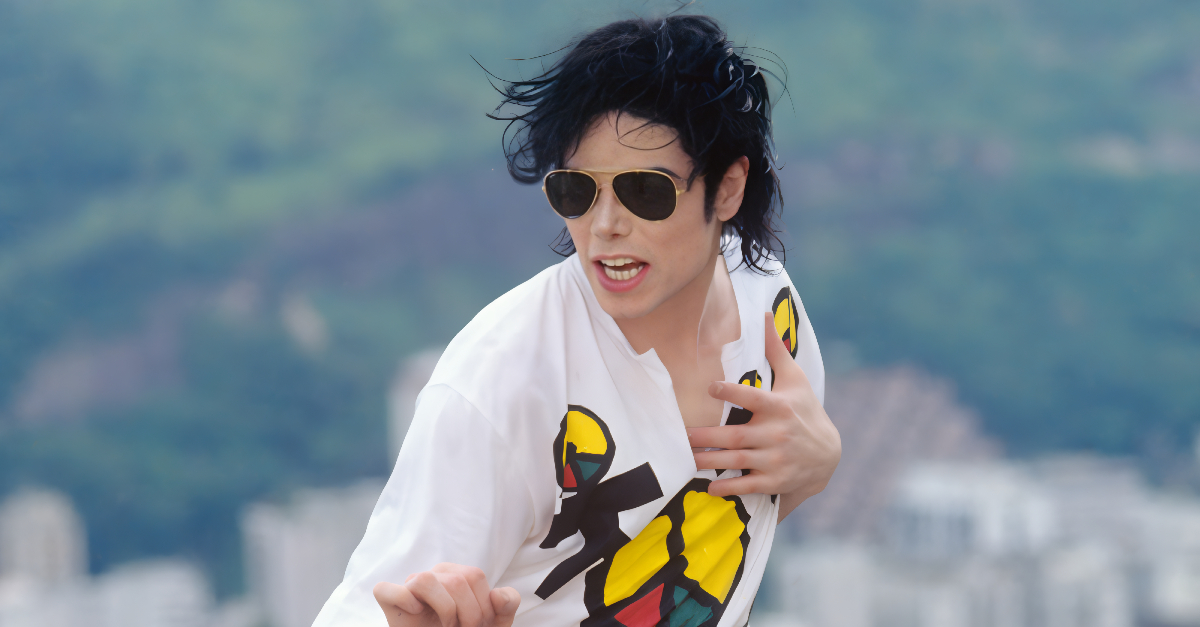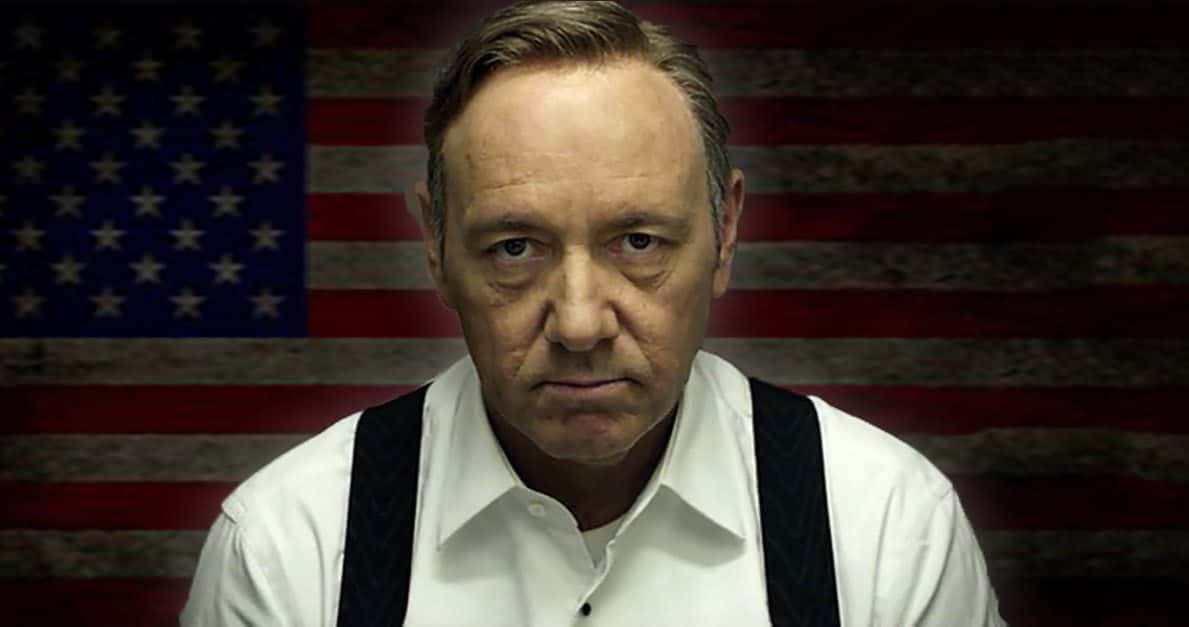For the Record…We Miss Mixtapes
Back before playlists, algorithms, or the word “vibe,” there were mixtapes—and Zoomers will never know, or truly appreciate, the chaos they missed. Boomers made them, Gen X mastered them, and even some Millennials experienced the tail end of this glorious phenomenon. Every tape was part love letter, part science experiment. You didn’t just queue a song—you battled radio DJs and timing like your crush depended on it.
Blank Tape, Endless Possibility
There was something sacred about that shrink-wrapped Maxell cassette. You’d peel it open like it held the future—and in a way, it did. Ninety minutes of emotional real estate, waiting to be filled with love, heartbreak, or whatever you could capture from the radio, your record collection, or someone else’s tape.
The Battle of Timing
Nothing taught patience like waiting for the right song to come on—or cueing up the record player just right. Some of us recorded from vinyl, others from another tape deck, and every hiss or pop was part of the charm. When you nailed that transition, you felt like a low-budget producer.
Side A: The Statement
Side A wasn’t random—it was strategic. It set the tone, the vibe, the message you maybe couldn’t say out loud. Whether it was friendship or flirtation, you started strong, hoping the listener would keep flipping. Because if they made it to Side B… they cared.
Side B: The Soul
Side B was where you got honest. It’s where you put the slow tracks, the heartbreakers, the songs that said what you couldn’t. Every mixtape had a point where fun gave way to feeling—and that’s when it started to mean something.
 Andrey Korzun, Wikimedia Commons
Andrey Korzun, Wikimedia Commons
The Art of Flow
Track order mattered. You didn’t just throw songs together; you built a journey. Fast to slow, loud to quiet, hope to heartbreak. Every transition had to feel right. You were part DJ, part therapist, part romantic genius in your bedroom.
The Soundtrack of Crushes
A mixtape was basically a love letter in disguise. You couldn’t just hand someone your feelings—but you could hand them High Fidelity levels of emotional curation. John Cusack would’ve approved. If they got the message hidden between The Cure and U2, you knew it was real.
The Handwritten Tracklist
Writing out the songs was half the art. You’d use your neatest handwriting, maybe doodle a few hearts or stars, and pray you spelled “Eurythmics” right. That list wasn’t just a guide—it was a signature, proof of effort and care.
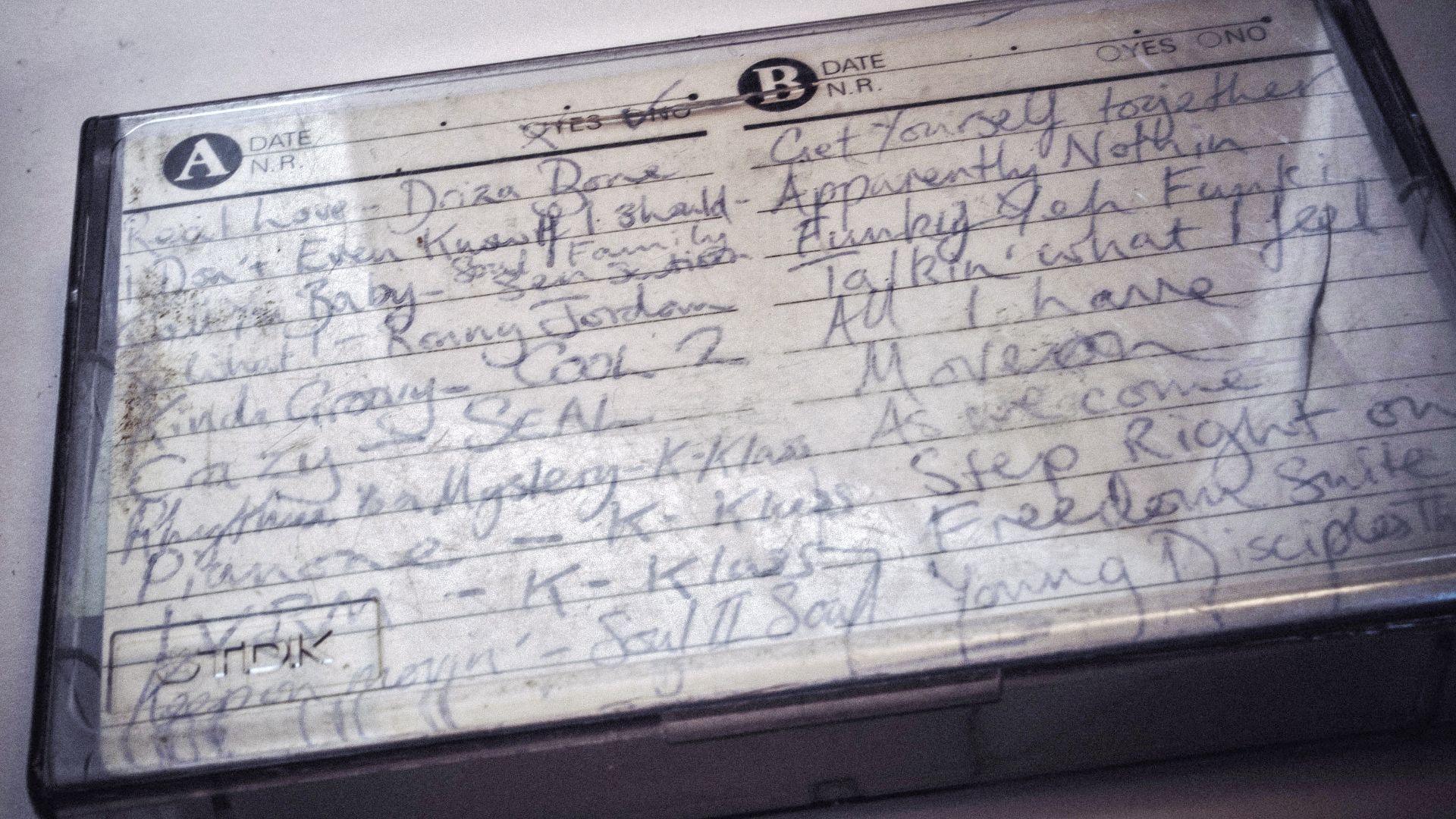 antony_mayfield, Wikimedia Commons
antony_mayfield, Wikimedia Commons
The Terrifying Gift Moment
Giving someone a mixtape was emotional Russian roulette. Would they love it? Ignore it? Decode your feelings? You handed it over casually, pretending it was no big deal, then overanalyzed every word of their reaction for days.
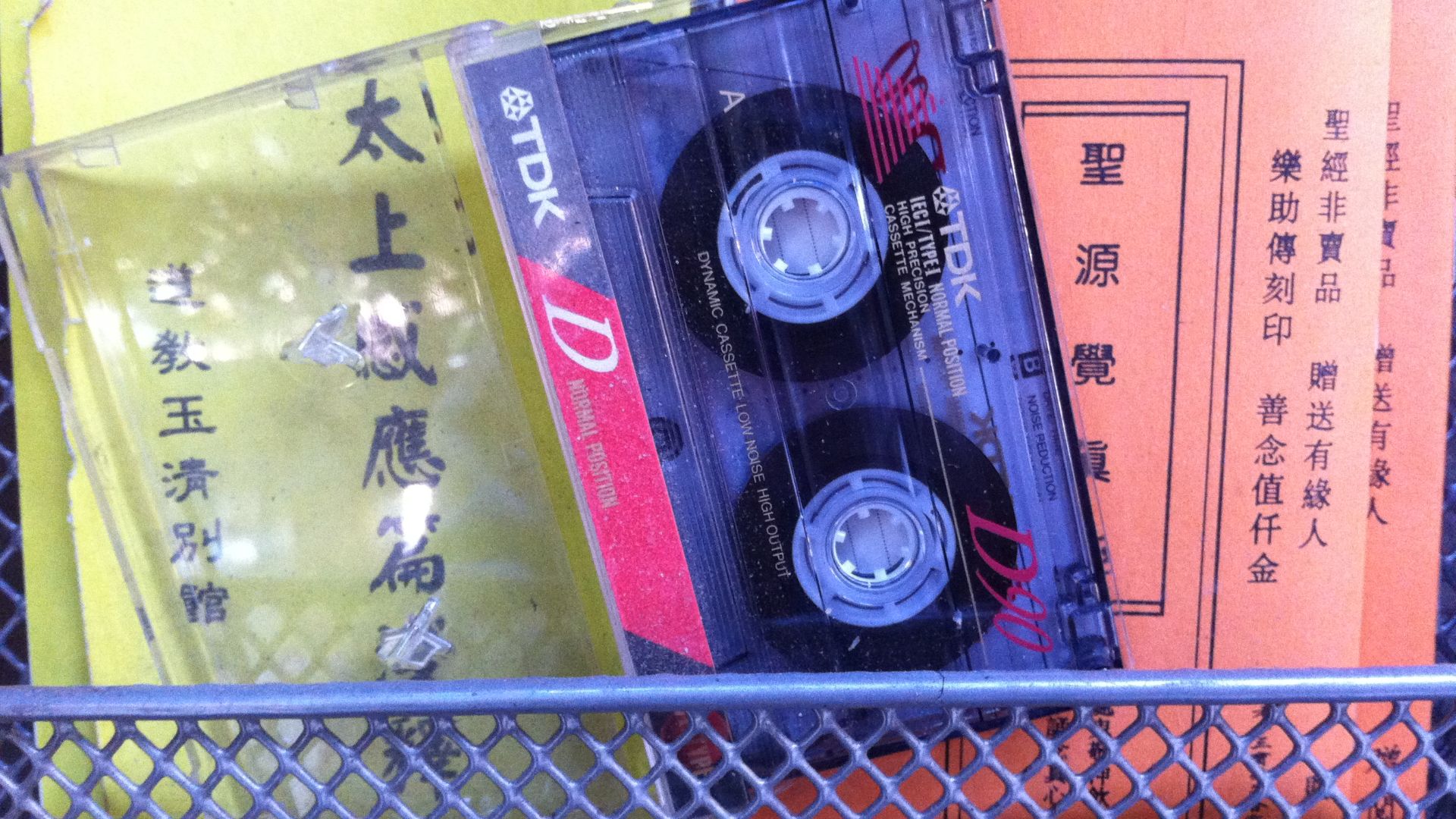 Komingmeuawartm, Wikimedia Commons
Komingmeuawartm, Wikimedia Commons
When Tape Got Eaten
Nothing in life prepared you for the sound of your Walkman devouring your favorite tape. You’d yank it out, gently untangle the brown spaghetti of magnetic doom, and wind it back with a pencil—like performing CPR on your emotions.
Recording from the Radio
The real mixtape warriors remember this: hovering over the record button, waiting for Casey Kasem to please stop talking. The thrill of catching a clean intro was Olympic-level joy. The frustration when the DJ talked through the fade-out? Rage.
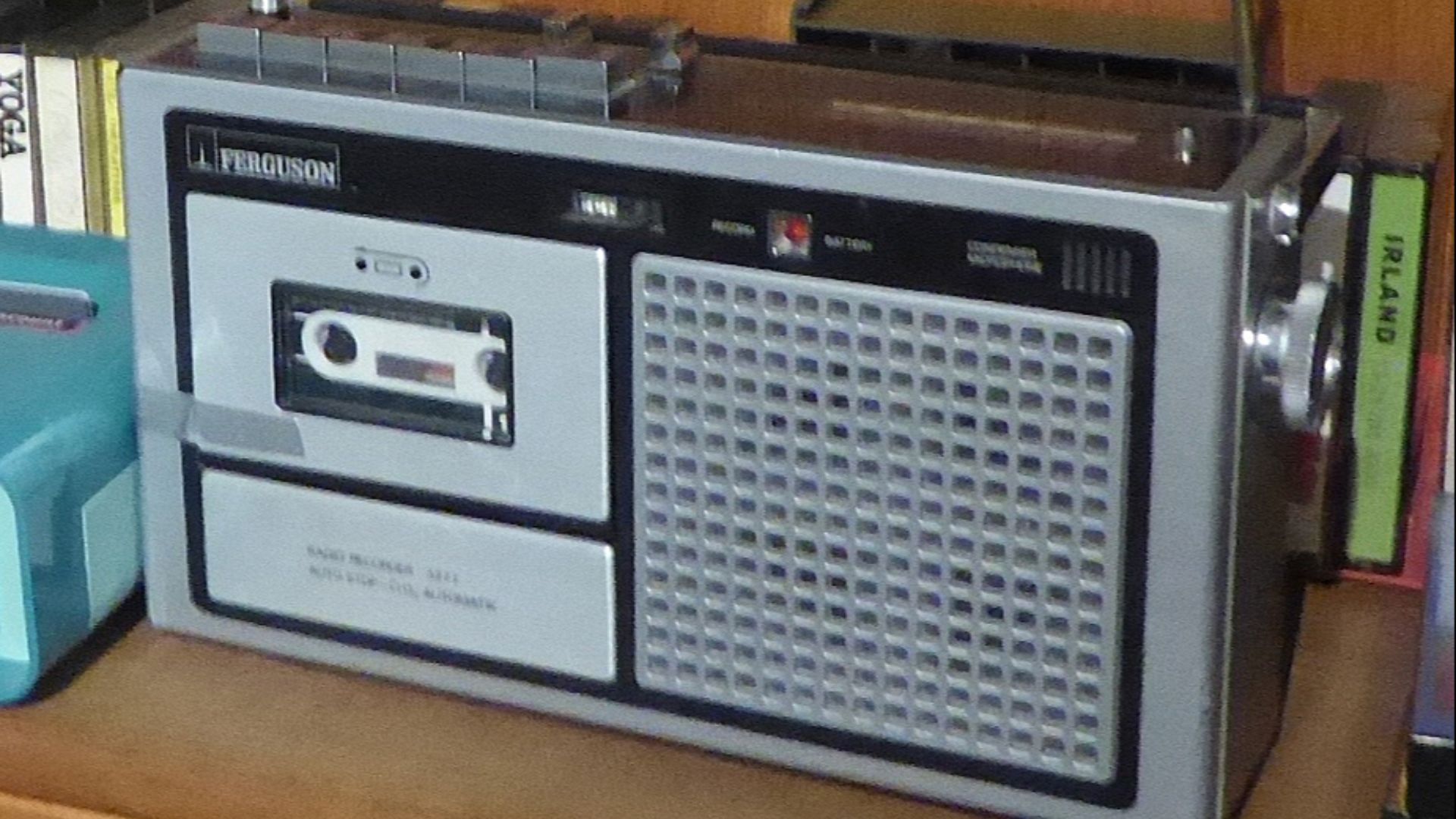 Leif Jørgensen, Wikimedia Commons
Leif Jørgensen, Wikimedia Commons
Mixtapes for Every Mood
You didn’t just make one mixtape—you made eras. “Road Trip Mix.” “Summer ’94.” “Sad but Trying Not to Cry.” Each one was a time capsule of who you were, trapped in tape and static.
Sharing Was Sacred
Handing over a mixtape meant vulnerability. No skip button, no algorithm, no shuffle. You were trusting someone to listen in order—to your emotions, your taste, your unspoken message. It wasn’t just a gift—it was trust on tape.
The Sound of Rewinding
That little whir of a tape rewinding? It was oddly comforting. You’d rewind your favorite song five times in a row, not because you could—but because you had to. It was obsession in analog form.
Cover Art Creativity
Some went minimalist. Others turned cassette cases into collages of magazine cutouts, stickers, or Sharpie doodles. A mixtape cover said, “I cared enough to make this look cool,” long before Canva or templates existed.
When Tapes Became Time Capsules
Years later, you’d find an old mixtape at the bottom of a drawer—labels faded, memories intact. You’d pop it in, hear that hiss, and suddenly be transported back to your teenage bedroom, heartbreaks and all.
The Mix CD Era
When CDs took over, we pretended the magic was still there. But clicking “burn” wasn’t the same as hovering over the record button. The struggle was gone, and so was the soul.
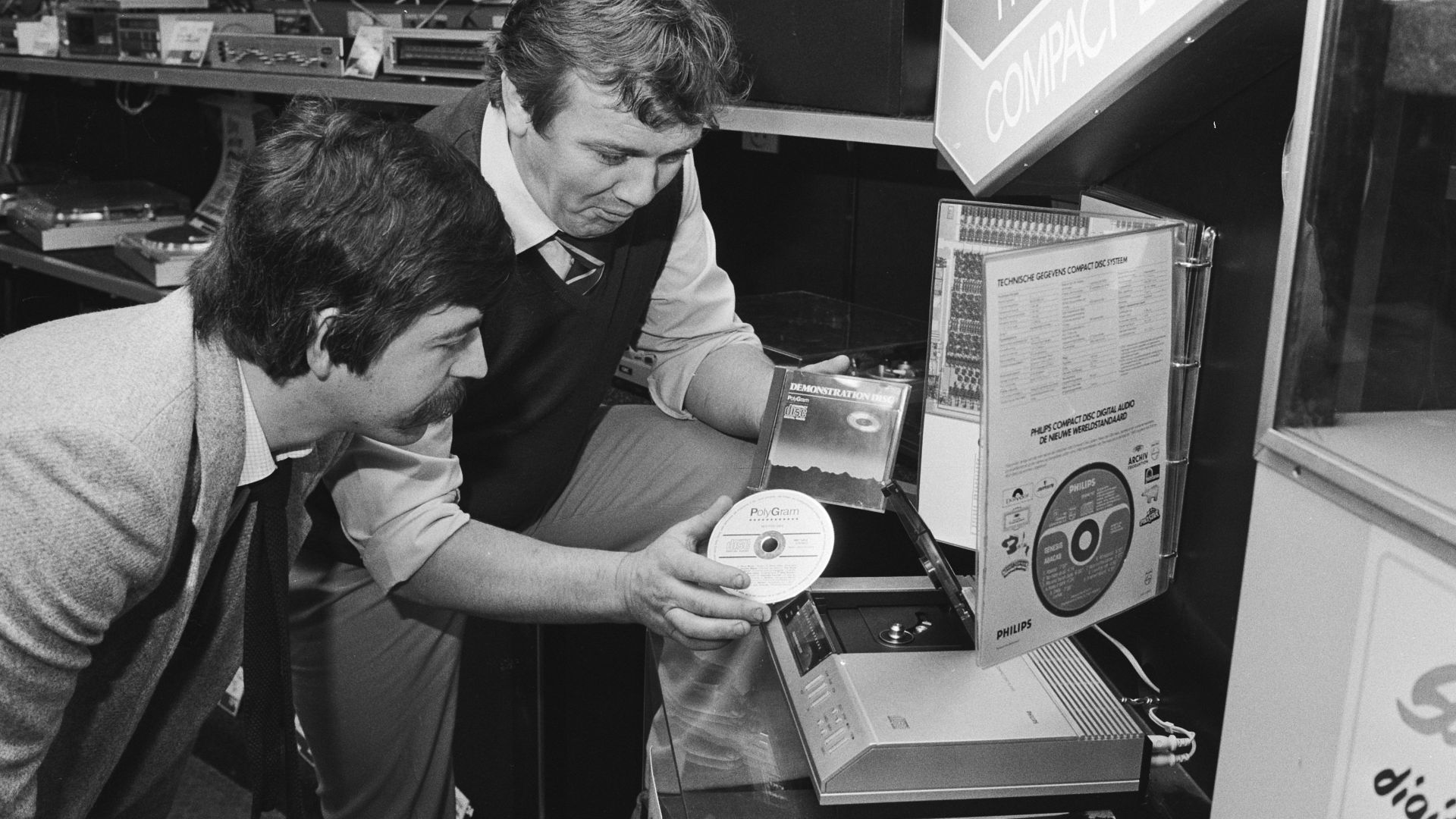 Marcel Antonisse / Anefo, Wikimedia Commons
Marcel Antonisse / Anefo, Wikimedia Commons
Playlists Changed Everything
Streaming made music instant—and a little disposable. You can make a playlist in five minutes, but it’ll never feel like waiting an hour for that one song to play so you could capture it perfectly. Convenience killed the ceremony.
The Unspoken Language of Songs
Every mixtape had subtext. A friend mix meant loyalty. A crush mix meant hope. A breakup mix? Therapy. You could read an entire emotional story through track choices—musical Morse code for the feelings you couldn’t text.
 antony_mayfield, Wikimedia Commons
antony_mayfield, Wikimedia Commons
Learning to Let Go
Making mixtapes taught patience and imperfection. Songs cut off mid-chorus, sound levels fluctuated—but that was part of the charm. It wasn’t perfect, but neither were you.
Mixtape Rivalries
Let’s be honest—some people were better at making mixtapes. Everyone knew the kid who made flawless transitions and themed mixes that felt like cinema. The rest of us just hoped for decent volume balance.
Mixtapes for Friends Who “Got It”
Not all mixes were romantic. Some were for your best friend—the one who understood why Smells Like Teen Spirit had to go next to Linger. Those tapes said, “We speak the same language.”
The Drama of Overwriting
Running out of tapes meant tough choices. Which old mix gets sacrificed? You’d erase an ex’s tape, then regret it years later when nostalgia hit. Deleting a playlist will never feel that dramatic.
The Perfect Ending Track
Choosing how to close your mixtape was a statement. You could fade out with Don’t Stop Believin’ or end on heartbreak with With or Without You. Either way, that last song was your mic drop.
When Music Was Effort
Maybe that’s what made it special—it took work. Every mixtape was proof of patience, taste, and heart. You earned it, song by song, pause button by pause button.
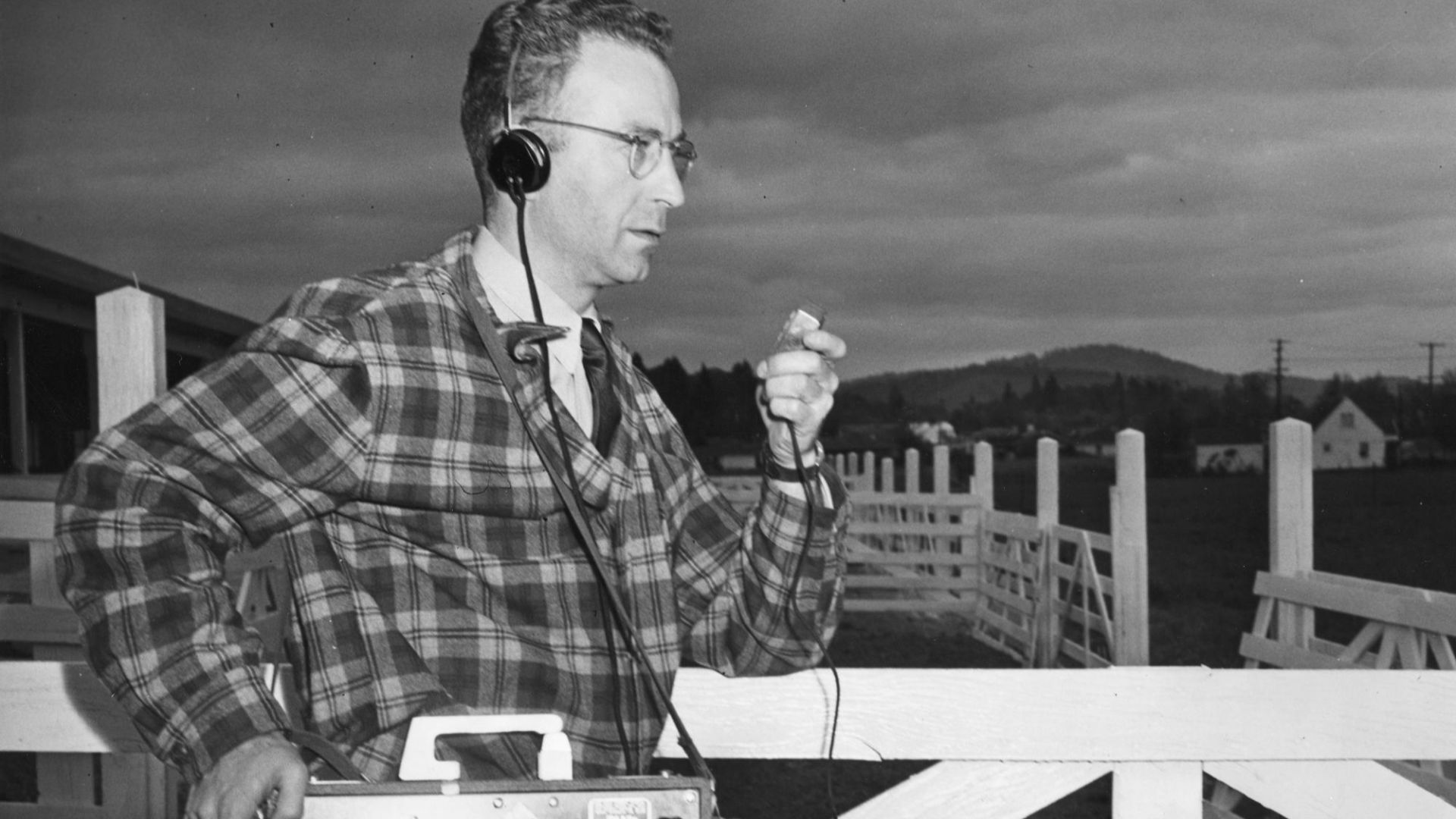 OSU Special Collections & Archives : Commons, Wikimedia Commons
OSU Special Collections & Archives : Commons, Wikimedia Commons
Why We Feel Bad for Zoomers
Don’t get us wrong—we love our Spotify account as much as anyone. But Zoomers will never know what it felt like to earn music. They’ll never pace around waiting for a song to play, or feel their pulse race as they hand someone a cassette with hidden meaning. That’s not pity—it’s nostalgia for a kind of connection that’s gone. Okay, maybe a little pity also.
You Might Also Like:
The Perfect 1970s Mixtapes For Everyone In Your Life
Every New Dad Needs To Listen To These Essential Songs About Fatherhood


